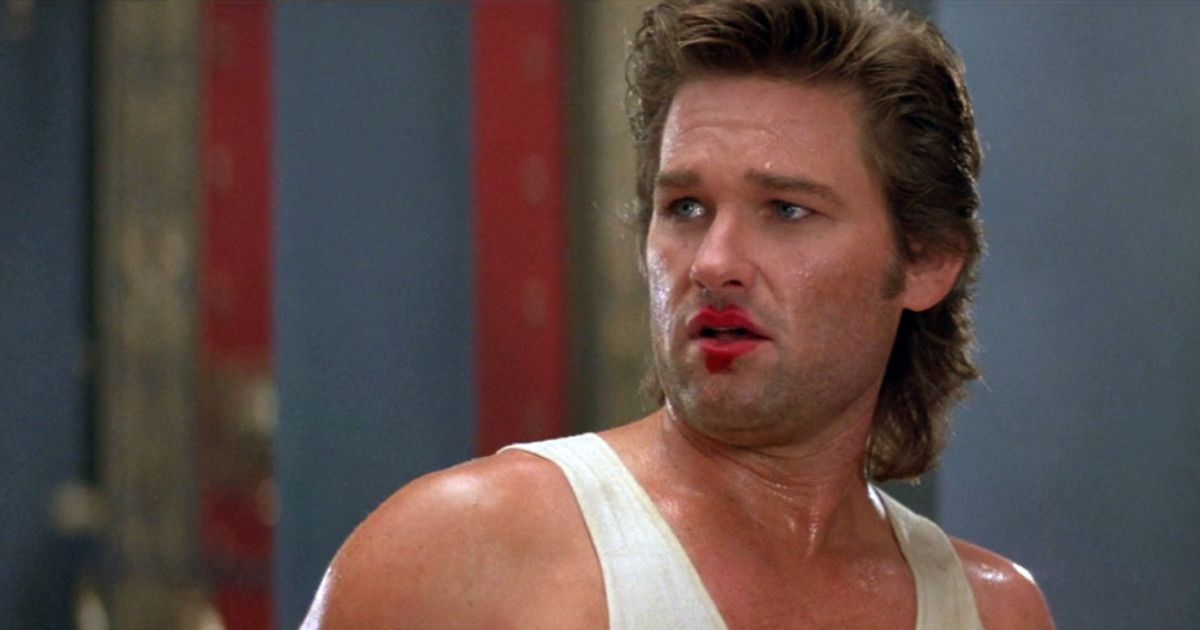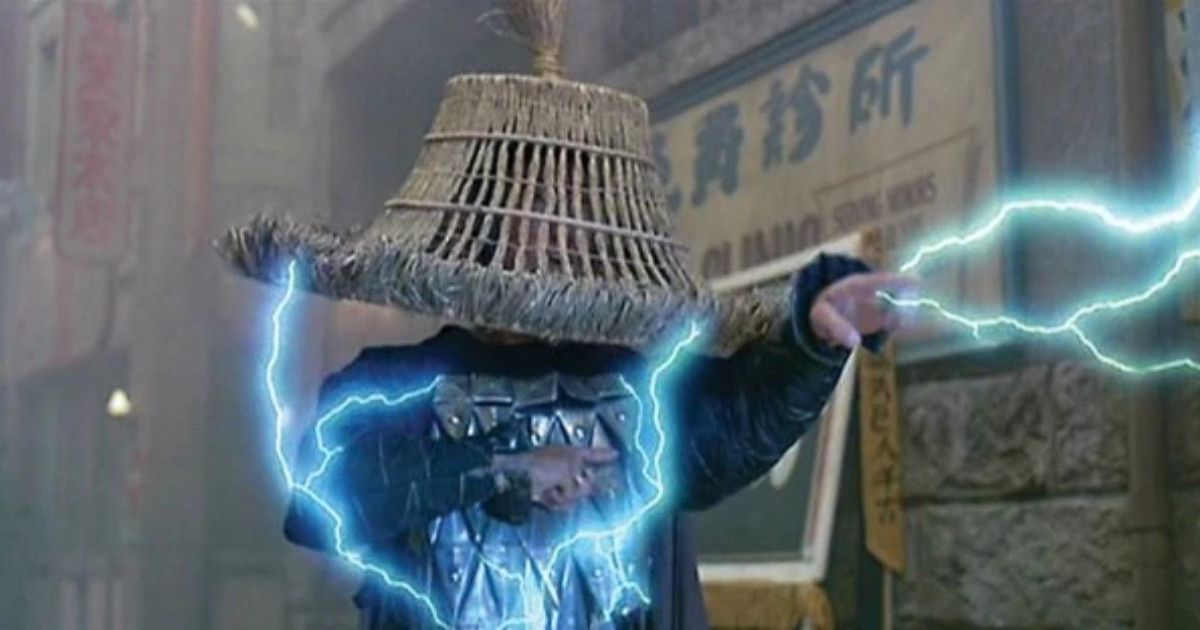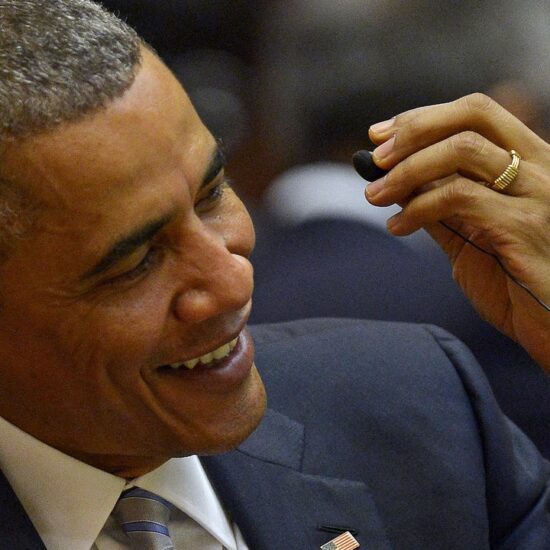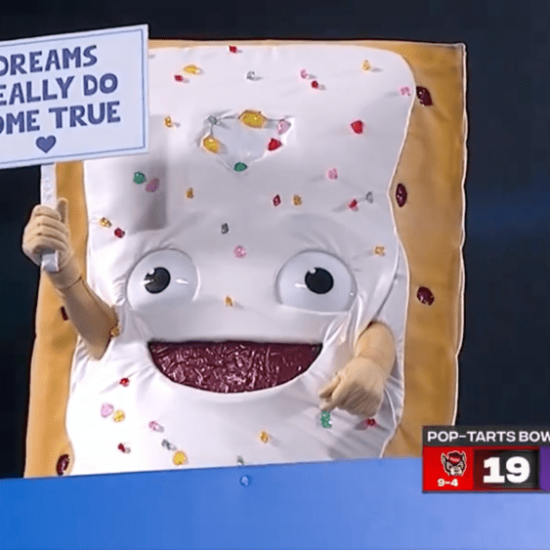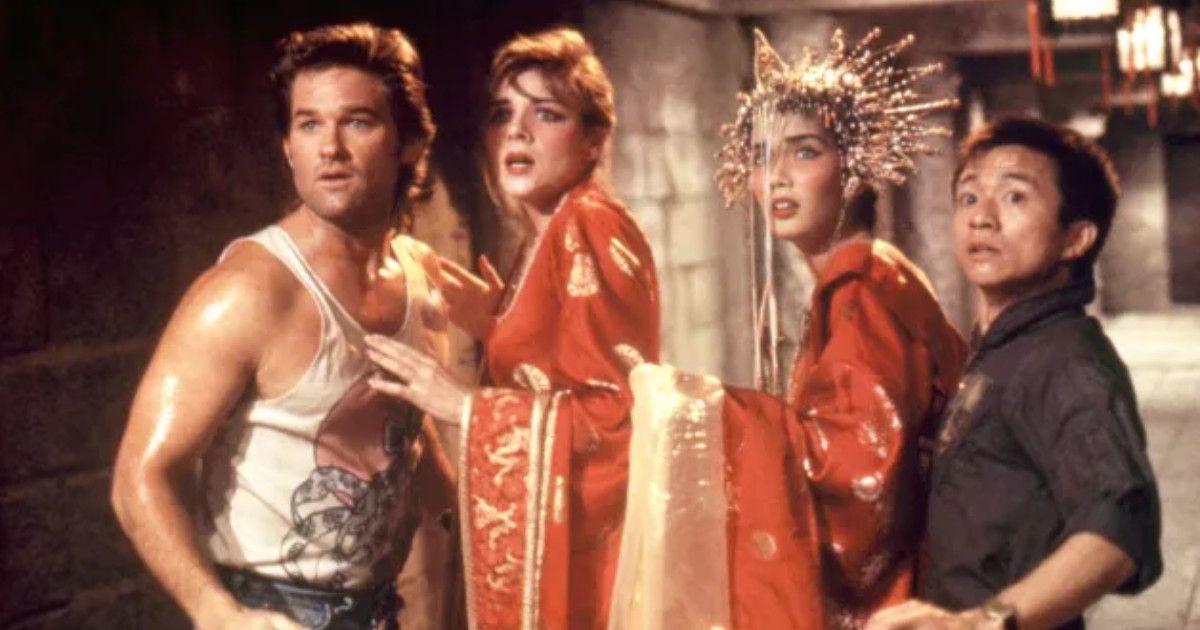
Directed and co-composed by John Carpenter, this cult film marked the filmmaker’s fourth of five total collaborations with American actor Kurt Russell. And together, not just with the release of Big Trouble in Little China (1986), the two defined the term “cult classic” throughout the entire 1980s. In fact, thanks to other releases like Escape from New York (1981), The Thing (1983), and Escape from L.A. (1996), the duo epitomized the term unlike anyone else throughout all of cinema’s history.
Plenty of other films before and after the run of Carpenter and Russell have achieved cult status, though. Take The Big Lebowski (1998), for instance. It’s gained such a massive following, that the craze over Jeffrey “The Dude” Lebowski — the film’s pot-smoking protagonist — even inspired an entire religion, or philosophy, or lifestyle perhaps: Dudeism. And although they don’t quite reach that extent, the followers of this John Carpenter martial arts film are among the most devout the industry has to offer.
Success (or Lack Thereof) Upon Release
Out of the gate, it’s worth noting that the film only garnered $11 million on an estimated budget of $19–$25 million. That’s not a good look. And that lack in revenue is in large part due to the more blockbuster-oriented summer releases from that year such as Top Gun (1986), The Karate Kid Part II (1986), and Aliens (1986). But it also suffered from a dearth of self-awareness, so to speak.
The film didn’t quite understand what genre it fell into — granted, this was to an extent intentional by Carpenter, but considering the script was originally conceptualized as a western, it’s clear that things were contrived along the way in one form or another.
Film critic Roger Ebert had harsh words for Carpenter and his crew — as did screenwriter, producer, and critic Paul Attanasio. They both homed in on their paucity of personal connections to the characters, stating the film featured a noticeable lack of development in that department. Meanwhile, other creatives like American writer Harlan Ellison showed admiration for the film and its many technical feats.
Overall, pretty much everyone agreed on one matter: Big Trouble in Little China will make you laugh, if nothing else. It has keen timing with regard to continuity editing, and its script moves along at remarkable pace. Plus, it’s no surprise that a project classified as a fantasy action-comedy wasn’t popular among moviegoers. However, as is the case with most cult films, it did garner tremendous attention in the home-video market following its theatrical release.
Its Status as a Cult Film
Generally, there can be two ways to define a cult film. If it failed upon release either critically or commercially but eventually found a hardcore following — particularly in the home-video market — then, yeah. It’s probably classified as a cult film. Nowadays, Big Trouble in Little China is among the more prominent examples thereof to ever exist, really. That was the case for many eighties films, several of which were also under Carpenter’s direction. Take The Thing (1982), for example. It too featured Kurt Russell in the lead role, and also garnered an impressive reputation in later years thanks to its status as a cult classic.
However, The Thing did make a bit more money in theaters at the time of release, and received slightly better review scores from critics. Meanwhile, Christine (1983), They Live (1987) and Prince of Darkness (1988) all made more than both The Thing and Big Trouble in Little in China, but still garnered fewer flattering thoughts from critics upon release.
The point there is that cult films can vary widely in terms of both critical acclaim and commercial success. In other words: while one might have failed to rake in theatergoers, it still may have garnered decent impressions from critics. And vice versa. Either way, though, supporters of a given cult classic are bound to bring enough attention to the project that, eventually, people start making new content from that respective property.
Spinoffs in Other Mediums
Despite a couple of attempts throughout the past forty (or so) years to create a sequel, Big Trouble in Little China remains a standalone project to this day. However, that hasn’t stopped creators from stamping their personal notes of content on the franchise’s name.
A tie-in video game of the same name was released alongside the film for several 8-bit home computers like the ZC Spectrum, the Commodore 64, and the Amstrad CPC. As you might have guessed, the game received mixed opinions from critics, and hardly made waves in terms of sales. But there are also several lines of action and vinyl figures, a board game, a card game, and many other pieces of merchandise all based around Big Trouble in Little China.
Perhaps the most relevant media tie-in was the line of comic books written by John Carpenter alongside a relatively unknown writer named Eric Powell. It became such an ambitious line of comics that the publishing studio eventually made a crossover: Big Trouble in Little China/Escape from New York. It featured Jack Burton and Snake Plissken (the protagonist in Escape from New York) as the two Carpenter characters find themselves within the same world, tasked once again with saving the day.
Its Impact on Popular Culture
This martial arts stint has had an indelible impact on popular culture from around the world, and that’s in large part due to its massive presence within the home-video market. Deleted scenes, extended endings, and featurettes could be found in original copies of the film on DVD. Plus, the film has been released twice on Blu-ray, with the most recent being a steel book collector’s edition.
Its newfound success also led to endless references throughout various mediums. Take the character Lo Pan, for instance: he’s been commented on in all forms of entertainment, like in comics, firstly, as Marvel’s supervillain The Mandarin was modeled after him in appearance. But he was also alluded to in television shows like Teenage Mutant Ninja Turtles (2012), and even in the musical sphere as American rock band “Lo-Pan” is obviously named after James Hong’s character.
One character with sorcery on his side even inspired the character Raiden from the Mortal Kombat series of video games. But despite these many home-video releases and references throughout various forms of entertainment, the most impact Big Trouble in Little China had on popular culture revolved around its status as a cult film. Since the dawn of internet trolling, Kurt Russell’s character Jack Burton has been the center of memes galore. Although sequels haven’t materialized for this particular project, this could very well stand on its own forever — and it will be remembered as a film that was not initially well-received.








